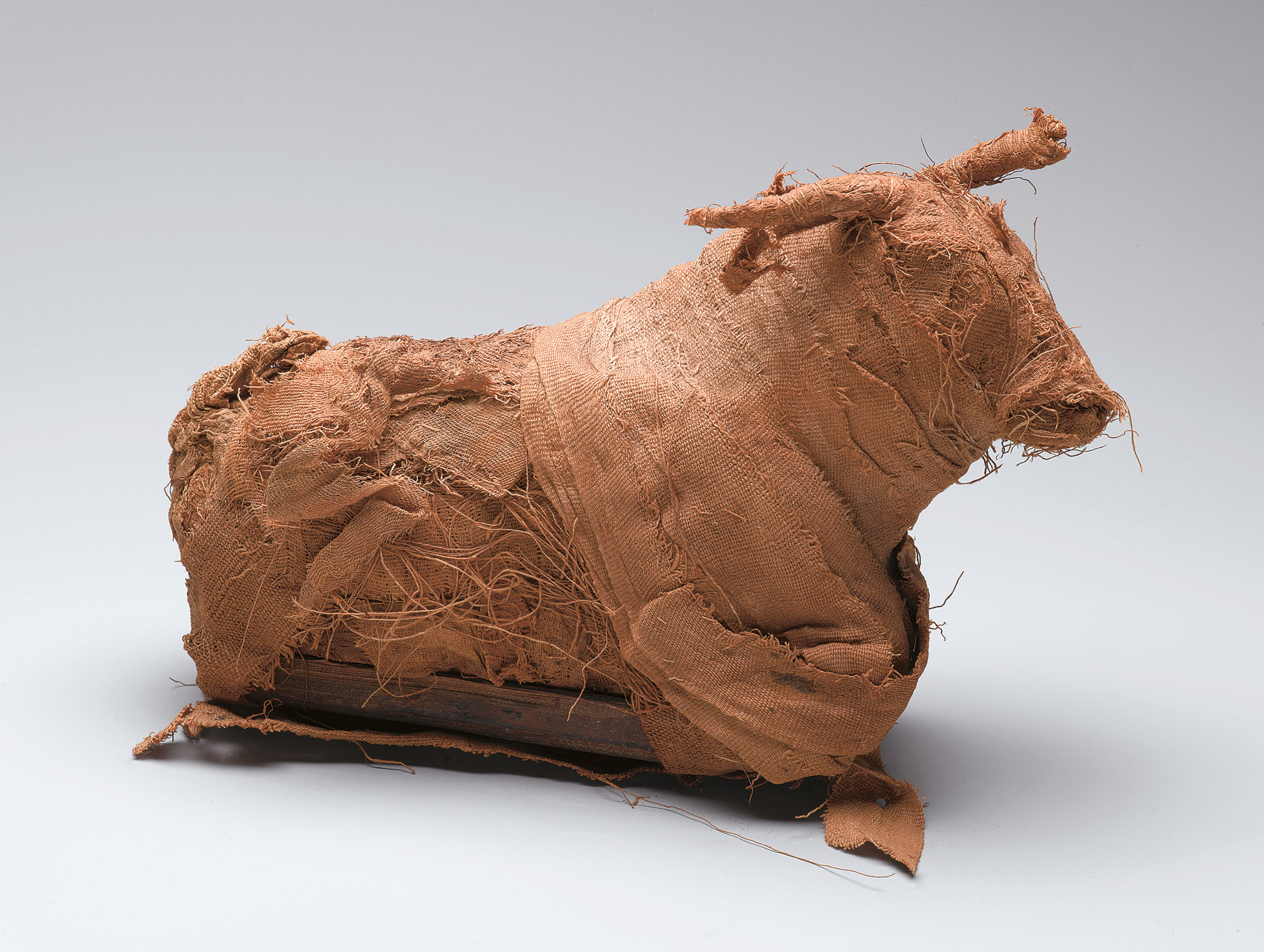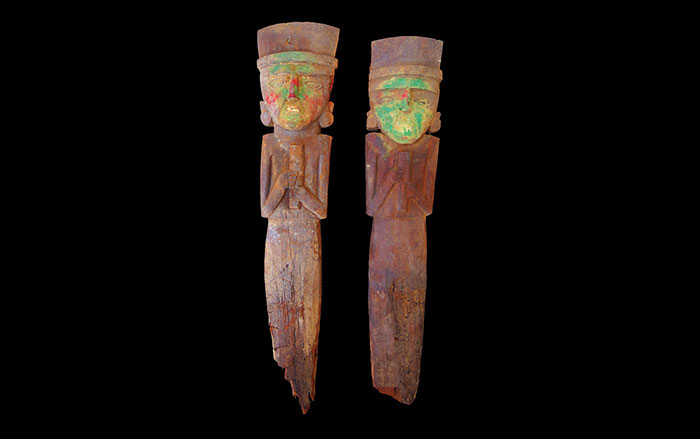
VIEQUES, PUERTO RICO—An analysis of bacteria and fungi found in coprolites, or fossilized human feces, supports archaeological evidence of the ancestries of two cultures that lived in the Caribbean more than 1,500 years ago. “One culture excelled in the art of pottery; in fact, their signature use of red and white paint helped identify them as descendants from the Saladoids, originating in Saladero, Venezuela. In contrast, the second culture had exquisite art for crafting semiprecious stones into ornaments, some of which represented the Andean condor. This helped archaeologists identify the Bolivian Andes as possible origins of this Huecoid culture,” Jessica Rivera-Perez of the University of Puerto Rico, Rio Piedras, told Phys Org. Differences in the DNA from the coprolites from the two cultures, as well as their bacterial and fungal populations, indicated that they may indeed have had different origins. Fungal and corn DNA were also found in the Huecoid coprolite, suggesting that an Andean fermented corn beverage had been consumed.










